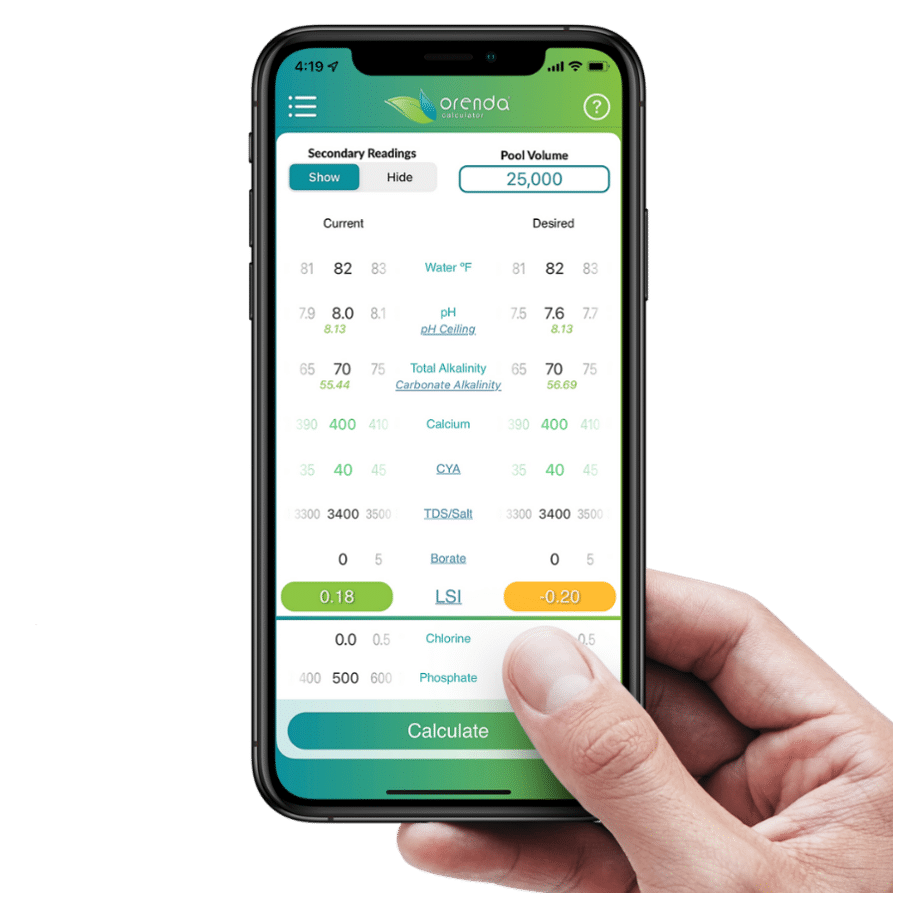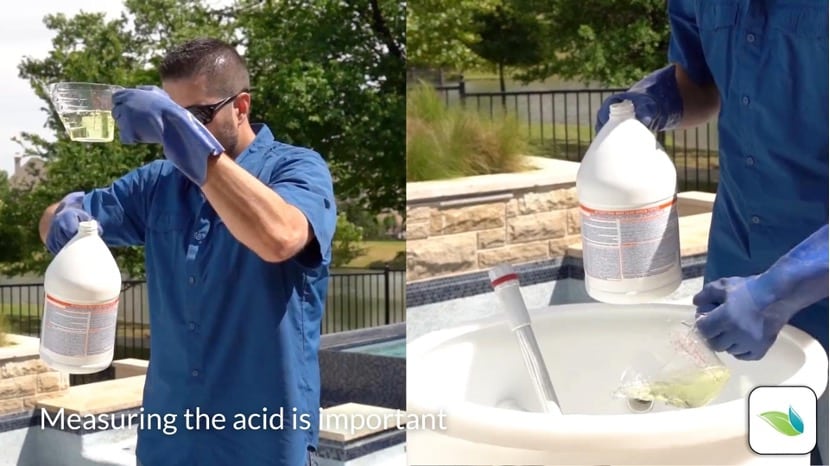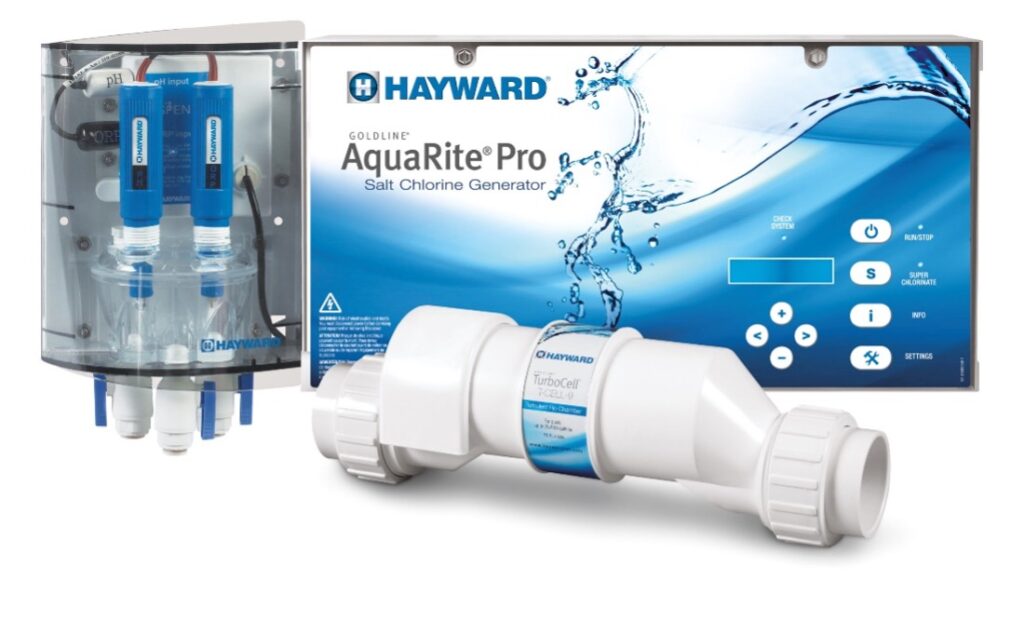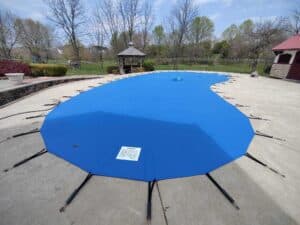A client recently asked, “It looks as if the pH in my pool is at 8.0 each week. I know you add chemicals weekly but each week the pH seems to be back at 8.0. What causes that?”
The second question they asked was, “How do you know the acid is ever bringing the pH down to the required level when it tests at 8.0 each week? Isn’t it possible that it needs more acid?”
These are two great questions and I’m excited to share some information on this topic.
The pH level in your pool rising despite the regular addition of muriatic acid might seem counterintuitive since muriatic acid is used to lower pH. However, several factors could contribute to this outcome:
1: Alkalinity: The total alkalinity of your pool acts as a buffer for the pH. If the alkalinity is high, it can absorb and neutralize the acid, reducing its effectiveness in lowering pH. As the alkalinity adjusts over time, it might release some of the absorbed hydrogen ions back into the water, causing the pH to rise. – Because of its importance in regulating the pH, we test alkalinity at every visit and make necessary adjustments to make sure that it’s at the right level.
2: Incorrect Measurements or Dosage: Ensuring that you’re adding the correct amount of muriatic acid is crucial. Too little can have a negligible effect on pH, or it might not be enough to overcome the buffering capacity of the water. Ensure you’re measuring both the pH and the amount of acid accurately. – One of my favorite things about pool chemistry is that it’s science, not art. What I mean by this is we can use math and calculations to determine the required chemical dosages for a pool based on the chemistry readings we get when we arrive at the pool. While some pool companies estimate the amount of chemicals needed to treat a pool, we use the Orenda LSI calculator at each stop which gives us the exact dosage requirements to arrive at our targeted, balanced pool chemistry. We don’t overdose the acid when we service pools to combat higher pH because that can throw the water out of balance and create a corrosive water environment, which will shorten the life of the equipment and even etch the plaster.





One factor that is unique to Clear Impressions: We have developed a proprietary mineral treatment that helps enhance the water quality, reduce the amount of chemicals needed to balance the water, and slow down the increase in pH. We recommend this for pools with high use, prior algae issues, or consistently high pH after addressing some of the other causes listed above. This is something that benefits all pool owners and has an even greater benefit for salt water pools and for pools struggling with higher pH.
At Clear Impressions Pool Service, we take pool chemistry very seriously. Every employee takes the Orenda 4 Pillars and Orenda Academy certifications as part of their onboarding process and all of our full-time employees must either become Certified Pool Operators or Certified Maintenance Specialists before moving into a leadership position. The links to these courses are below if you’re curious about what they require.
Certified Maintenance Specialist
In addition to the certifications mentioned above, we hold a variety of other credentials as well. Clear Impressions’ credentials list demonstrates our unending desire to be the best and highest quality pool service company in Texas. We invest heavily in ongoing education for the entire team in order to ensure the best possible experience for all of our clients. You can find our growing list of certifications at the following link:
If you live in our service area of SW Fort Worth and would like to get a free quote for pool care, use our website here: Get a Free Quote
Additional Reading:
We’ve written a previous blog about pH basics at the link below that might be helpful:
Orenda Technologies, a leader in pool water chemistry has also written a great blog on the topic of high pH that also might be helpful:
https://blog.orendatech.com/what-causes-a-high-ph-in-a-swimming-pOuoo





